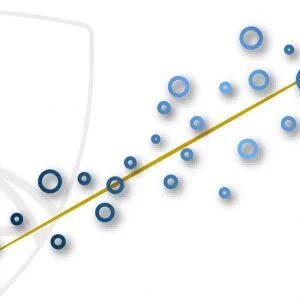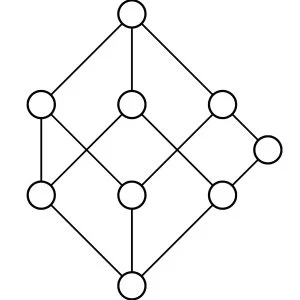
Perhaps the most popular data science methodologies come from machine learning. What distinguishes machine learning from other computer guided decision processes is that it builds prediction algorithms using data. Some of the most popular products that use machine learning include the handwriting readers implemented by the postal service, speech recognition, movie recommendation systems, and spam detectors. In this course,part ofourProfessional Certificate Program in Data Science, you will learn popular machine learning algorithms, principal component analysis, and regularization by building a movie recommendation system. You will learn about training data, and how to use a set of data to discover potentially predictive relationships. As you build the movie recommendation system, you will learn how to train algorithms using training data so you can predict the outcome for future datasets. You will also learn about overtraining and techniques to avoid it such as cross–validation. All of these skills are fundamental to machine learning.
Instructor Details
Courses : 7
Specification: Data Science: Machine Learning
|
3 reviews for Data Science: Machine Learning
Add a review Cancel reply
This site uses Akismet to reduce spam. Learn how your comment data is processed.

| Price | Free |
|---|---|
| Provider | |
| Duration | 24 hours |
| Year | 2020 |
| Level | Beginner |
| Language | English |
| Certificate | Yes |
| Quizzes | No |

FREE






Nicholas Kinyae Kioko –
I love the teaching on python. it is well taking me through python. congratulations Harvard university for such a wonderful support that you are giving me
Luiz Cunha –
The climax Course of the Data Science Series from Harvard.
All in all, good. But some important issues prevented the Course from being top notch:
some obvious messiness in the Course: assignments on some topics whereas they were not mentioned in the Course content (PCA, Clustering)
some bugs in the assignments
some important algos not included in the Course content: SVM, Boosting
The other Courses were almost bug free. So this is disapointing
Anonymous –
Honestly speaking, I am stucked at the first Exercise Part ! on the coding.
I have learnt R previously with edx & Datacamp. So R is not an issue.
The presenter in the video shown his prentation slides especially coding at a flash.
As a result no one can read and digest the coding to understand the presenter’s training.
He does not really elaborate in detail on how he derive the value, for example , why 62 inches was used as a cutoff?
In the video training the height cutoffs were used to predict sex but in the exercise was asked to use the Type variable instead of height. Height is a continuos using value but the type is categorical(inclass , online). So I am not sure how t0 construct the prediction as presented in the training video. (Pls refer to below codings)
# Exploratory data Video Training
heights %>% group by(sex) %>%
summarize(mean(height), sd(height))
Predict for height ,the R coding can be as follows
y hat < ifelse(x > 62, “Male”, “Female”) %>%
factor(levels levels(test set$sex))
# Exploratory data Exercise
dat %>% group by(sex,type) %>%
summarise(n n())%>%
mutate(rel.freq paste0(round(100 * n/sum(n), 0), “%”))
#Predict for type ,the R coding can be as follows
y hat < ifelse(x 'inclass', "Male", "Female") %>%
factor(levels levels(dat$sex))
Will require additional help in doing the exercises . It is no point attempting the exercise when I am not clear about the training. It will also impact my grades that will be recorded in the overall score
Please advise . Thank you.
My email : [detracted]